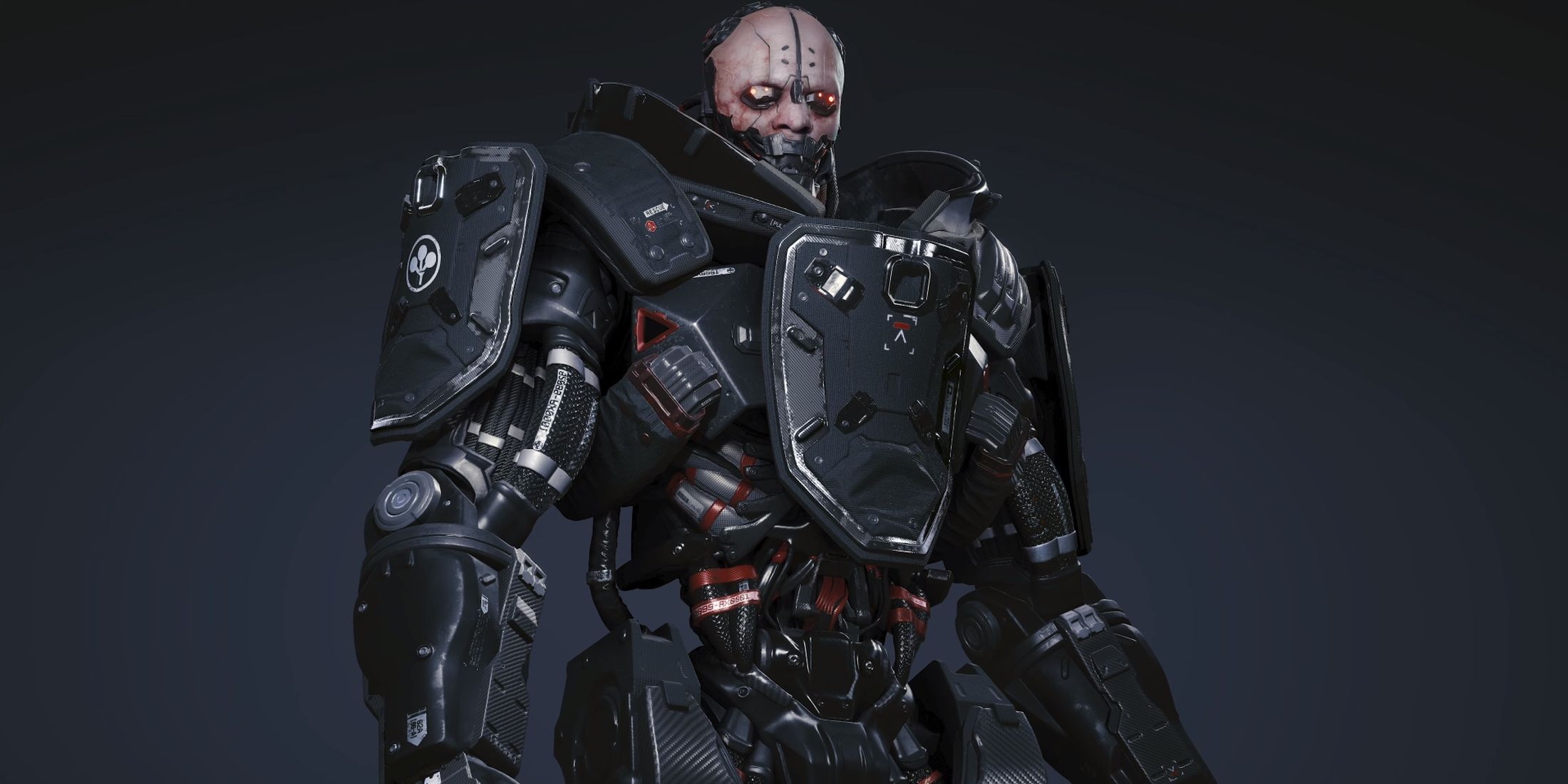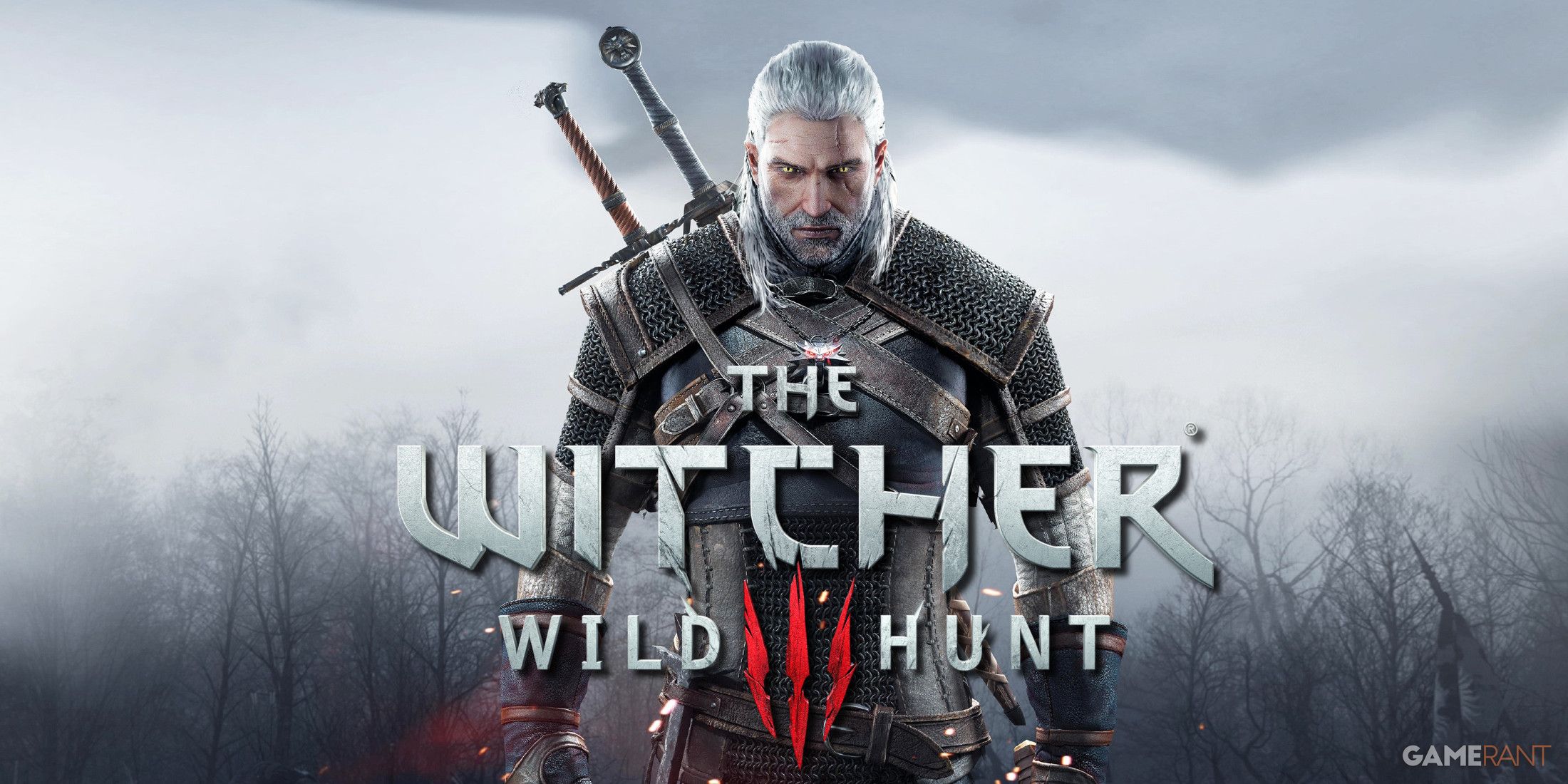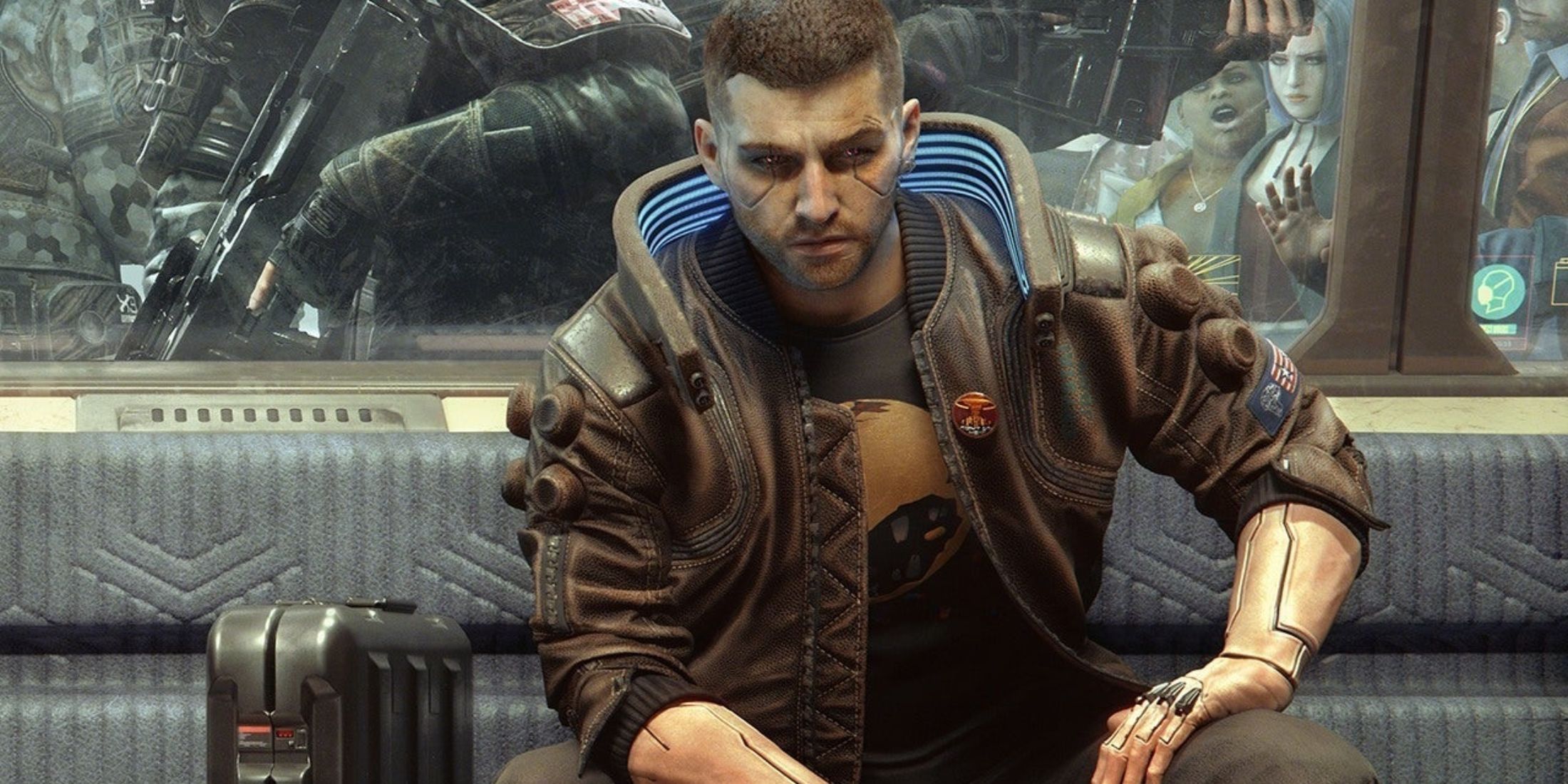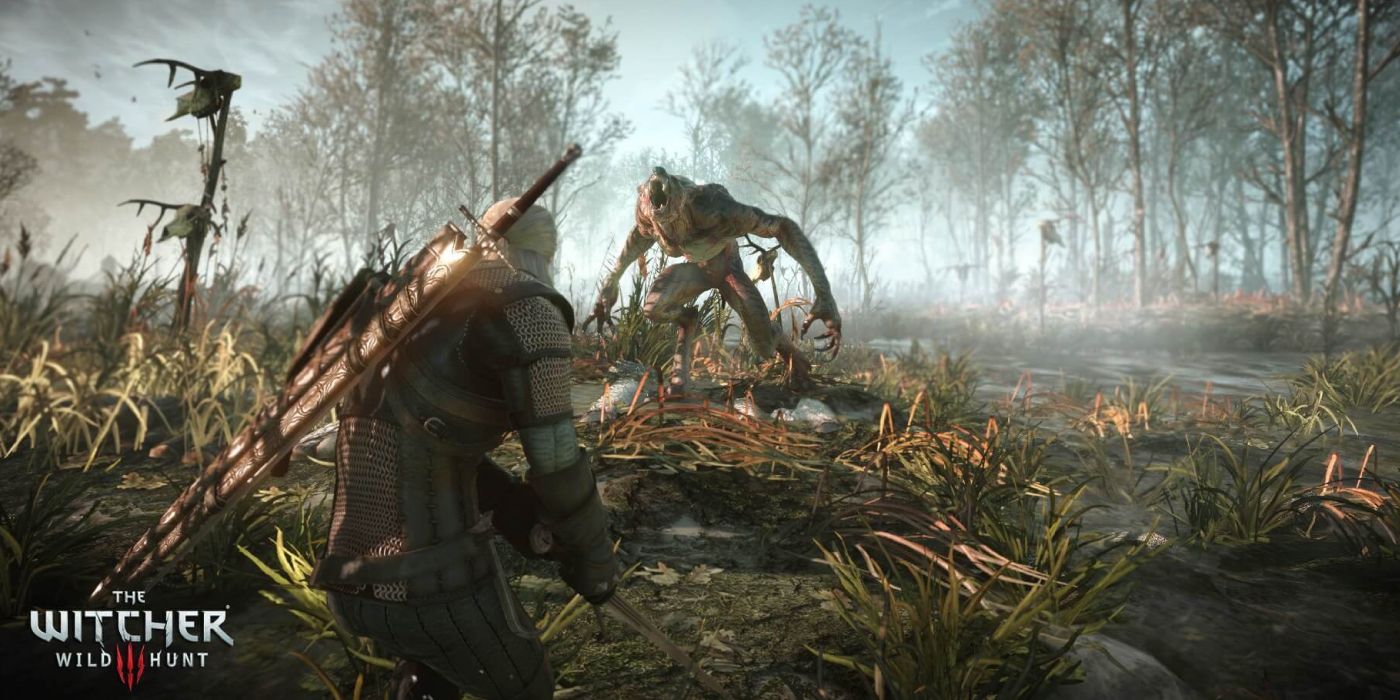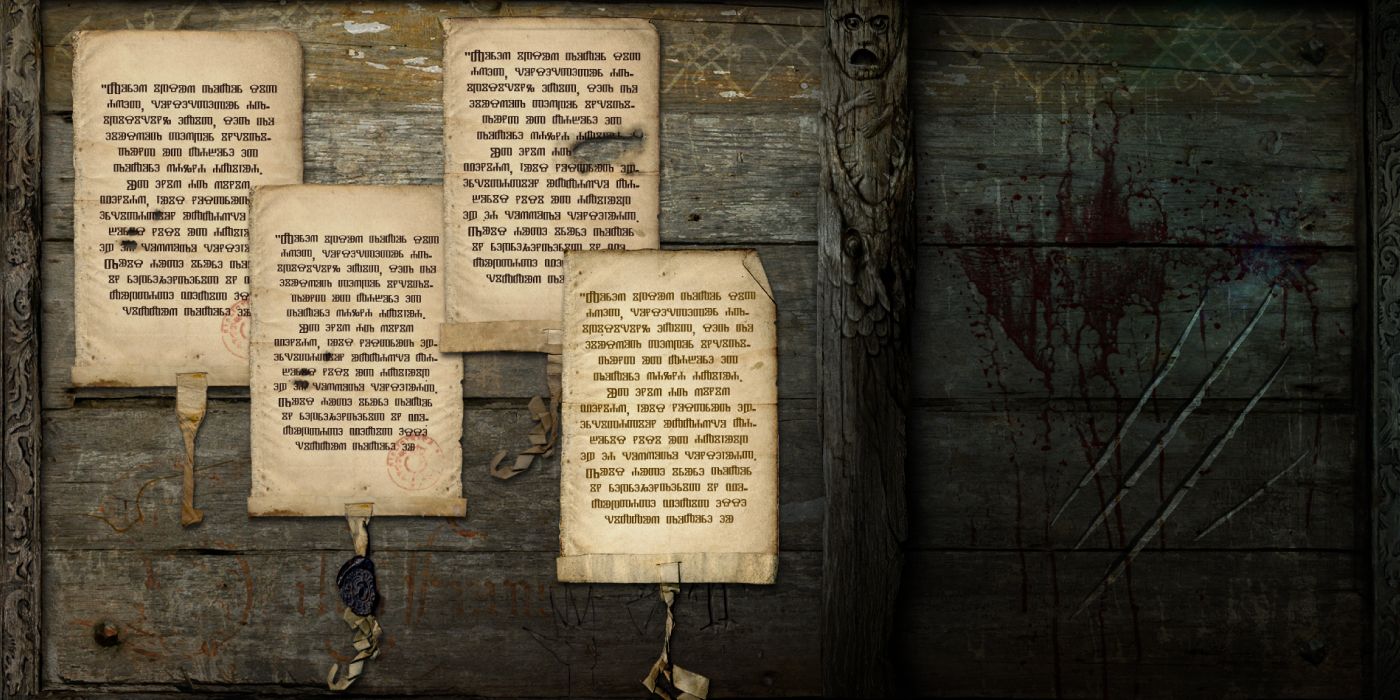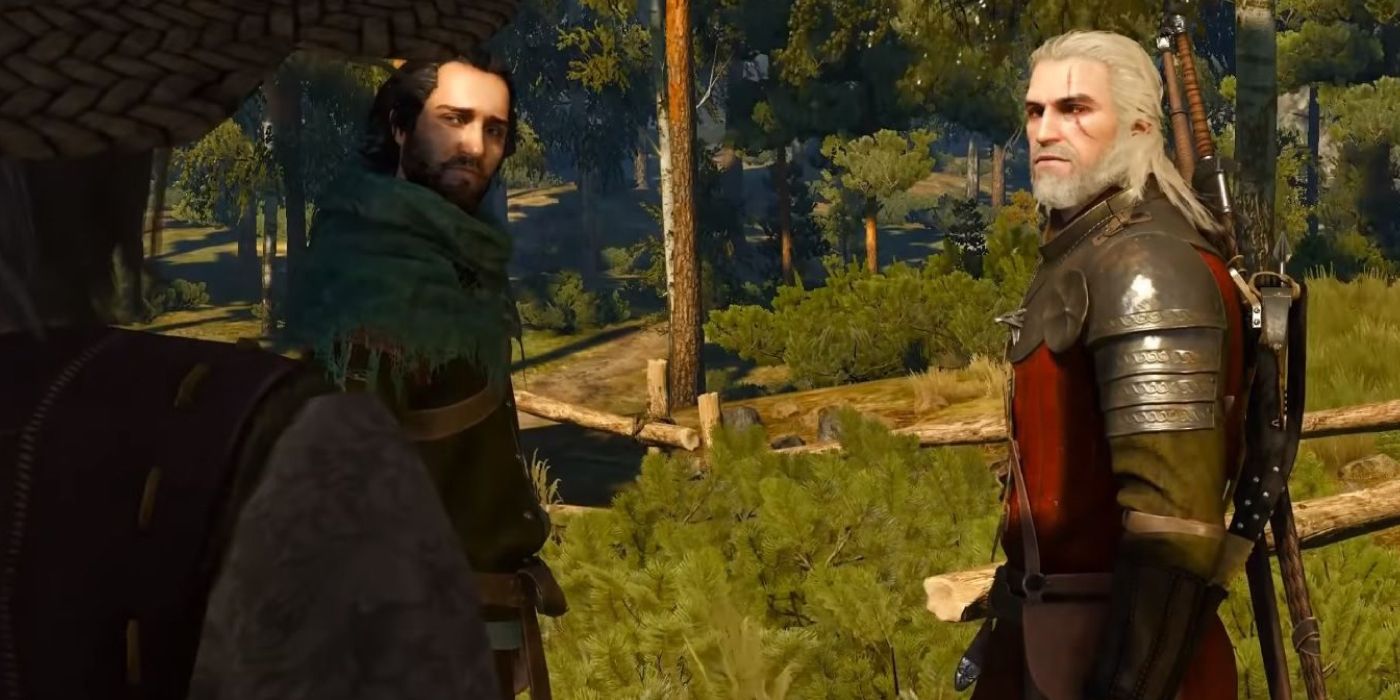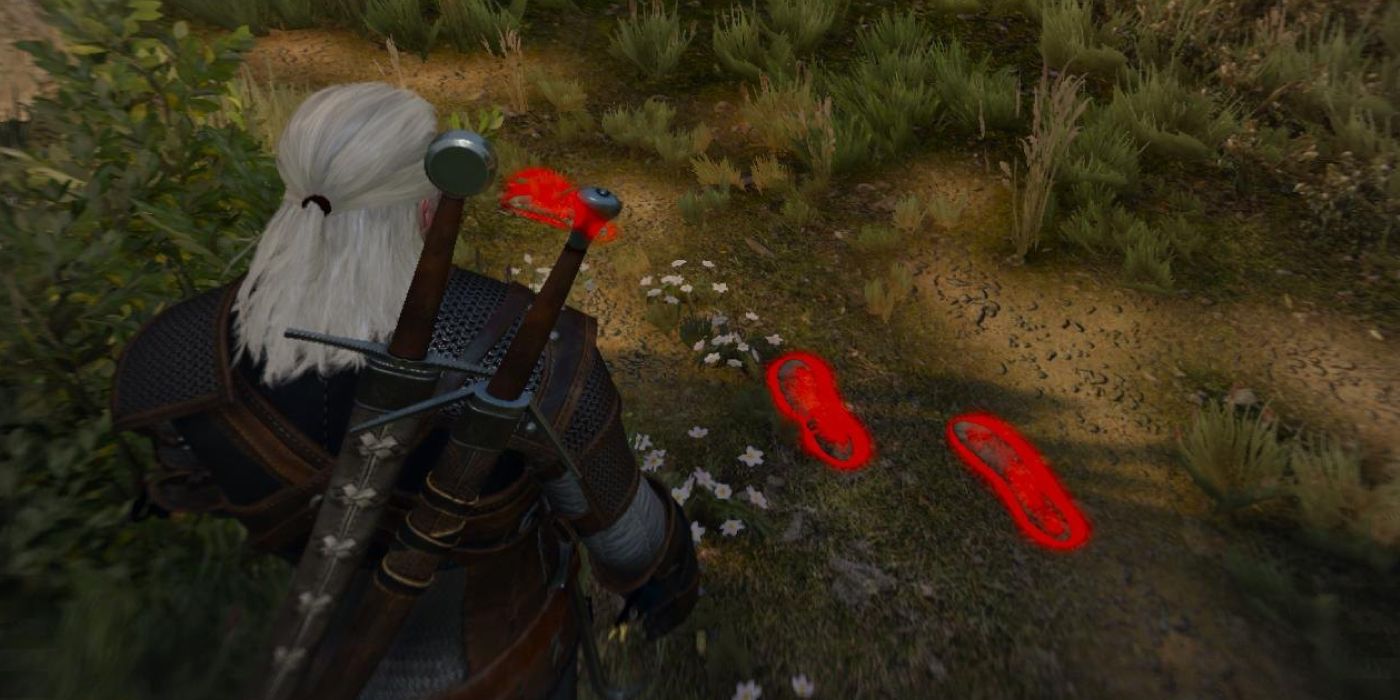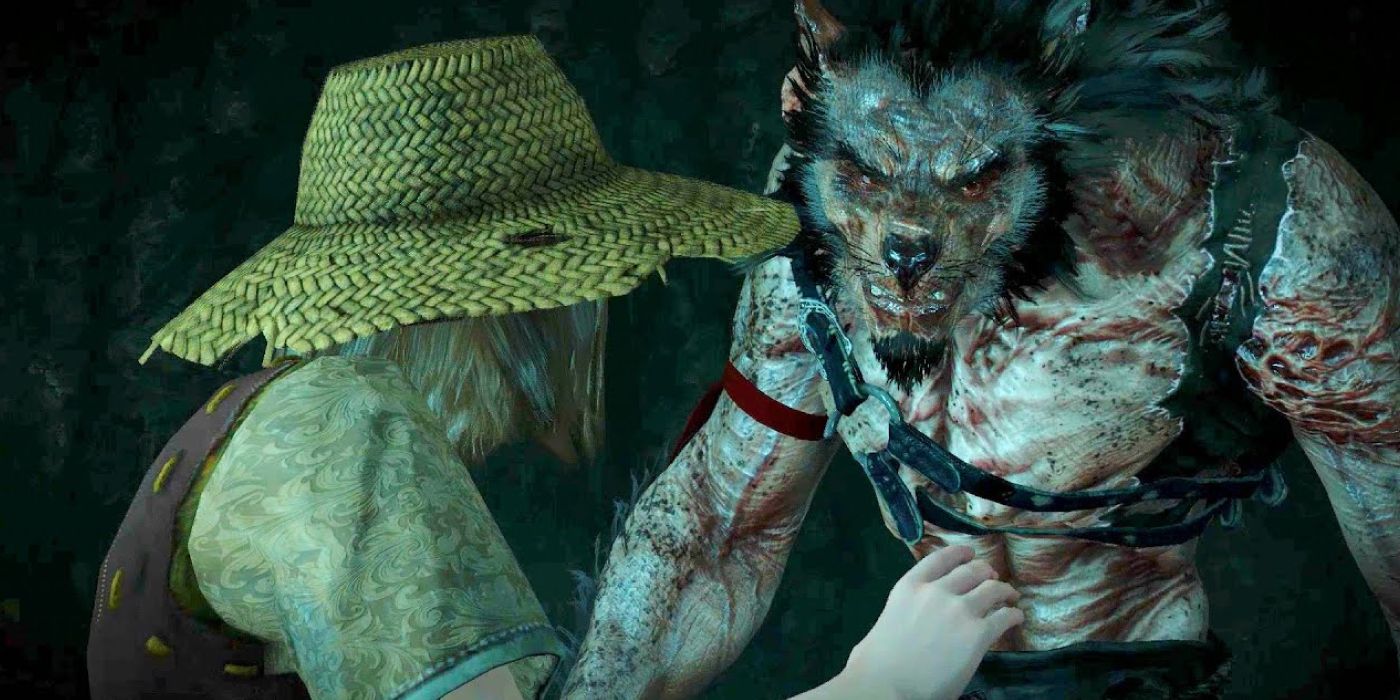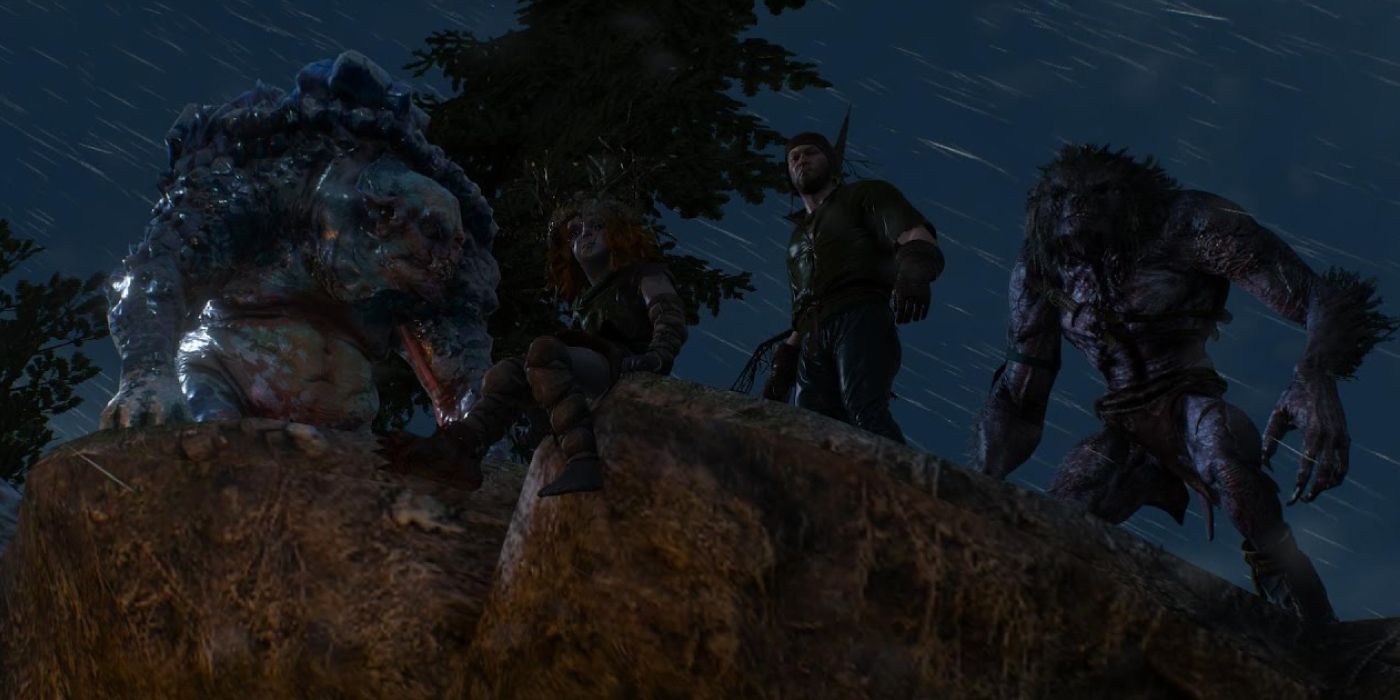When The Witcher 3: WildHunt came out, players dipped their toes into the enormous game expecting another sizable RPG with fun side quests that might amount to some monster killing or stuff collecting, but not much else.
But when players began digging in, they noticed something different. The Witcher 3's side quests contained a level of substance that other RPGs did not. They told memorable stories and kept players interested. This feat speaks to what makes The Witcher 3 an ongoing part of the RPG conversation and why Games like Horizon Zero Dawn, Assassin’s Creed: Odyssey, and Mass Effect: Andromeda have sought to capture its magic.
The Witcher 3: Wild Hunt changed RPG side questing forever. To understand how, it helps to choose a single short quest from the game and pick it apart. (There will be spoilers for the quest Wild at Heart)
Breaking Down RPG Sidequests
Before The Witcher 3, most RPG side quests in modern triple A games, with a few notable exceptions, really just gave the developers a chance to show off their world and combat system by sending the player on errands that let them experience more gameplay. Often the actions would have light narrative framing in order to justify asking the player to, say, go kill 5 rats.
By the time The Witcher 3 came along, players had started to feel the grind. They wanted RPG side content to either have more meaning or to get pared down. The Witcher 3 uses its background in books to bring that meaning. It offers side-quests that can stand alone and serve as mini stories, each of which pull the player into the narrative and enrich the world without needing to make the protagonist the center of it.
NPC Characterization and Story Focus
In RPGs, characters who provide the player with side content often receive the title “quest-givers.” Before The Witcher 3, quest givers basically amounted to just that: they gave quests.
The Witcher 3 quest-givers often have much more to do. They will show up again in the middle of a quest and get involved. Sometimes they will deceive the player and reveal some kind of plot twist. This strong NPC characterization helps make side-quests in the game feel more exciting and it creates an empathy for quest characters that helps pull the player into the story.
For example, in the quest Wild at heart, a man named Niellen asks Geralt to find his missing wife Hanna. As Geralt looks for clues, Hanna's sister Margarit interrupts him and offers to pay him to lie to Niellen about the fate of Hanna. Margarit claims she wants to spare Niellen the grief. If Geralt chooses to continue the investigation, he discovers that a werewolf killed Hanna and he finds the creature's lair. After a tussle with the werewolf, Geralt finds out that the creature actually is Niellen. Margarit shows up and explains that she knew of Niellen's affliction but loved him anyway. Out of jealousy, she locked Niellen in a room with his wife Hanna. Margarit wanted to reveal Niellen's condition to Hanna so she would leave him. Niellen turned into a werewolf and accidentally killed his wife. At this point, Geralt gets a choice between killing the werewolf or letting the werewolf get revenge on Margarit.
In past RPGs, this quest would have played out much more simply. Maybe a werewolf would have killed Niellen's wife and so the player would have killed the werewolf -- end of quest. Instead, with a few additional dialogue exchanges and the addition of another character, The Witcher 3 turned the whole quest into a beastly love triangle.
The “Witcher Sense” Investigation System
Before The Witcher 3, RPGs would simply place a marker on your map to show you exactly where you need to go to kill the monster. The player would go there, defeat it, and collect their reward.
In The Witcher 3, Geralt can examine the scene of an altercation and deduce what happened using his Witcher Sense, which serves as the game’s investigation system. It allows the developers to add in some more flavor during side quests by giving the player bits and pieces of the story as they go. It does a great job tying the narrative to the gameplay.
In the Wild at Heart quest, Geralt has to investigate Hanna’s body in the woods using his Witcher Sense. It leads him to the shack where Niellen murdered Hanna and in it Geralt finds notes and clues that help foreshadow the quest’s reveal.
Folks definitely had complaints about the over-use of the Witcher Sense, but it did a great job adding flavor that would do some of the legwork in building a memorable story over the course of a short side quest.
Meaningful Encounters
In past RPGs, most quests would end with a monster slain and the protagonist moving on. This, however, doesn’t give the player any lasting emotional stake in the situation. Maybe the character gets to feel like a hero because they avenged a man’s wife from a scary monster, but otherwise it blends in with the hundreds of other combat encounters in the game.
In The Witcher 3, killing the monster doesn’t always solve the problem. Sometimes, creatures have their own perspective on the world. At the end of Wild at Heart, the reveal that Niellen is the werewolf takes a character the player already has empathy for and adds a complicated twist. When Maragrit enters the cave, Geralt has a choice. Slay the monster, or let the monster have revenge. If the player chooses revenge, that’s it. No other combat encounter happens. Niellen kills Margarit and then asks Geralt to put him out of his misery. Geralt obliges in a cut scene. The player has a non-combat focused say in the tragic ending of the tale.
A Lasting Effect on the World
Historically, RPG side-quests don't really impact the world unless they involve a main-quest character . In The Witcher 3, side quests can come back to haunt Geralt, and his past decisions may influence how they play out.
While Wild at Heart does let you go back and hear gossip based on the choice you made, it doesn’t tie into this last bit, but that doesn’t matter, because the point is that it could have.
In a late side quest in The Witcher 3, a group of monsters corners Geralt and threatens to take his life because they see him as a monster slayer. If the player has made choices throughout the game in which they've advocated for monsters, they have the opportunity to defend themselves. Players can choose from a list of references to side quests they played. Did you spare some trolls? Did you let a succubus remain in hiding in Novigrad? If you can prove a history of support for monsters, the group of beasts will mostly leave you alone, and all parties can walk away without a scratch.
CD Projekt Red clearly put a lot of effort into these side quests in order to make sure they connect with each other. Now that The Witcher 3 has shown the kind of meaning devotion to quest narrative can provide, it will be difficult for games to go back.
The Witcher 3: Wild Hunt is available now for PC, PlayStation 4, and Xbox One. It will release on Switch October 15th.

